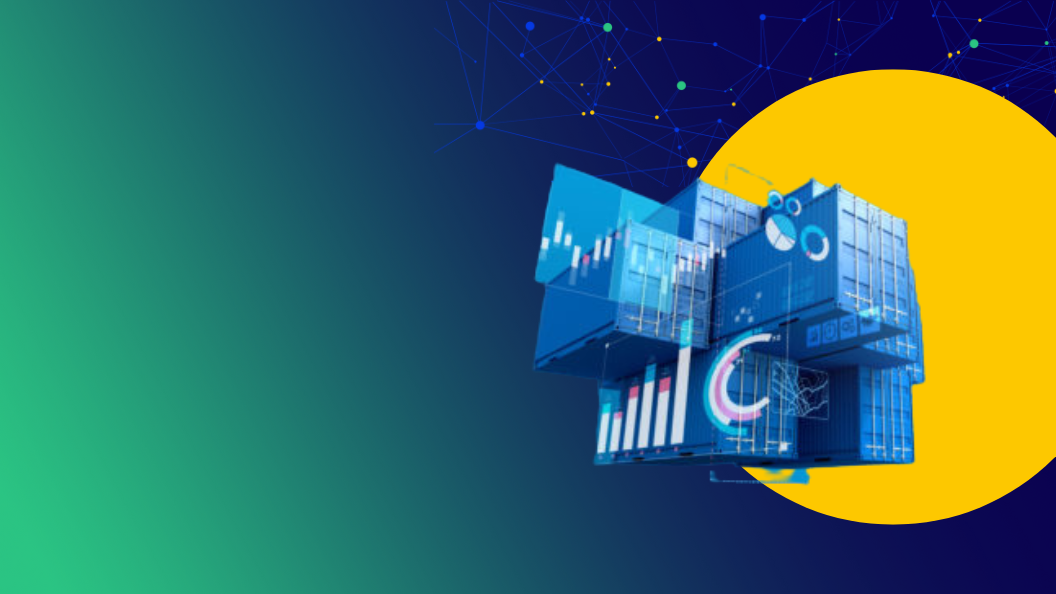Building effective digital infrastructure is no easy feat for governments. GovStack provides the tools to do just that.

Digital government services are vital for fostering economic growth, promoting trust in government institutions, and addressing people’s foundational needs. But governments often struggle to keep pace with digitalization due to budget constraints, difficulties in coordination between agencies, and siloed investments.
We founded GovStack alongside the Federal Ministry for Economic Cooperation and Development, Gesellschaft für Internationale Zusammenarbeit, the Government of Estonia, and the International Telecommunication Union. Together, we set out to prove that e-government infrastructure doesn’t have to be expensive to build and maintain — or complicated to use — for civil servants or citizens.
The initiative creates a common framework and technical practice for developing reusable and interoperable digital components — so-called building blocks — needed for the digital transformation of government. These digital building blocks are easier to customize, combine as needed, and scale across multiple use cases, and therefore reduce the cost, time, and resources required to create digital services or applications.

As one of the founding partners, and with deep technical expertise, our efforts have focused on:
Designing the framework. To aid governments and other development actors in designing and choosing effective and appropriate technologies, we partnered with the International Telecommunications Union to draft the SDG Digital Investment Framework. The paper presented an initial version of the GovStack framework – guiding governments, donors, software providers, and others, in taking a whole-of-government approach to building digital public infrastructure. The framework also identified the core digital building blocks that could form the foundation of strong digital public infrastructure.
Creating the enabling environment for collaboration. To build a global movement, it is essential to create an infrastructure that allows for broad participation and contribution, across sectors, specialties, and time zones. Through our leadership of the Technical Committee, we’ve fostered an open, collaborative environment that increases transparency, growth, and participation within the initiative. The establishment of open systems, materials, and processes has facilitated the participation of a large, diverse community contributing to and learning from GovStack. Similarly, in leading the Product Committee, we’ve conducted requirements gathering within country engagement efforts to gain a better understanding of the priority digital use cases many countries share. This work has facilitated the evolution of GovStack core products and has allowed for testing and improvement of the framework.
Architecting the GovSpecs building blocks. As GovStack movement grew, we managed the product roadmaps to include periodic updates to, and release management for, GovStack’s core products. This included the creation of reference use cases and new requirements for building block specifications, all of which would become part of the 23Q4 GovSpecs publications. The publication contains 14 reference use cases, 3 guidelines, and 12 building block specifications. With this release, the initiative is moving from this initial “build” phase, and moving into socializing these materials for testing, review, and fresh input.
Our work with GovStack has set a solid foundation for the digital future.
Created to better equip governments with the tools needed to build cost-efficient and sustainable digital infrastructure, today GovStack offers a wide range of products and services designed to help effectively scale digital transformation efforts around the world.





